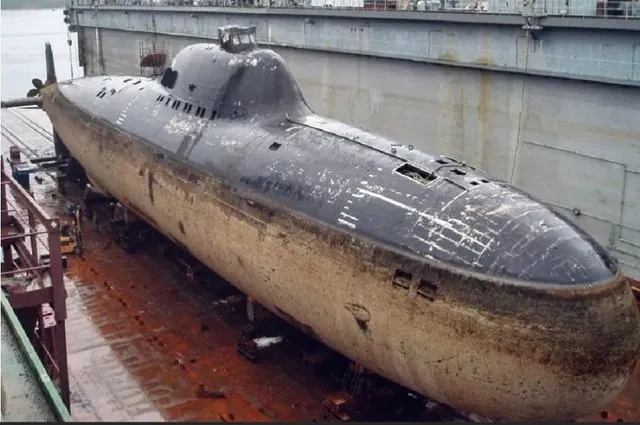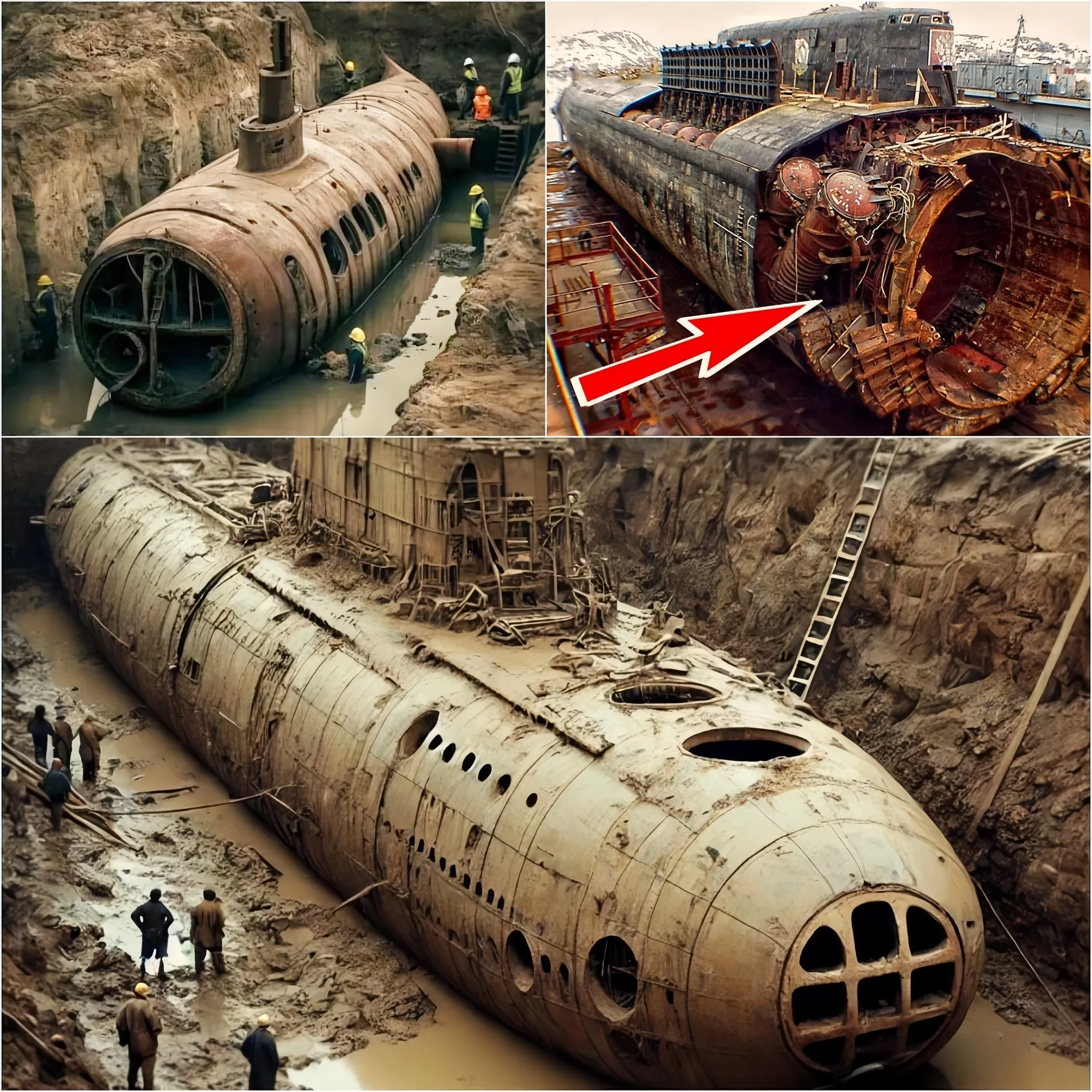In a joint effort, archaeologists, historians and marine engineers worked together for several years to excavate and analyze this astonishingly well-preserved wreck. Located in a remote area of Lake Baikal, the site was first identified through satellite imagery and radar studies.
Initial analyses have revealed that the structure, although rudimentary by modern standards, presents advanced features for its time. Built mainly of wood reinforced with local metals, this boat seems to have been designed to navigate underwater, a technological feat considered impossible for Bronze Age civilizations.
Research teams believe the discovery could transform our understanding of ancient societies, showing that they possessed far more advanced technical skills than previously thought. Experts also wonder whether this unique technology was intended for military, commercial or ritual purposes.

The story of this discovery begins ten years ago, when Russian researchers began studying geolo
gical anomalies reported in the area. After years of fruitless searches, a team of divers finally uncovered an unusual structure covered in sediment and ice. Once the initial studies were completed, it became clear that this structure was not just a sunken building, but a primitive underwater craft.


The remarkable preservation of this artifact is due to the region’s extreme climate. The freezing temperatures not only slowed the decomposition of organic materials, but also protected the wreck from modern human activity. This situation allowed researchers to obtain virtually intact samples, facilitating chemical and structural analyses.
One of the most fascinating elements of this discovery is the submarine’s innovative design. Experts have identified a primitive ballast system, using stones to stabilize the vessel underwater. In addition, fragments of bronze pipes suggest that the vehicle may have been able to renew the air on board, although the exact functioning of this mechanism remains a mystery.
Researchers are also working to determine who might be behind this extraordinary creation. Current theories suggest that the submarine may have been built by a still largely unknown ancient civilization that lived around Lake Baikal during the Bronze Age. The area has long been known for its archaeological wealth, but nothing of this magnitude has ever been discovered before.
Beyond the historical impact, this discovery also raises environmental questions. Lake Baikal, the oldest and deepest lake in the world, is considered a fragile ecosystem. Scientists are concerned that increased human activity related to the exploration of this wreck could jeopardize this unique environment. Strict protocols have been put in place to minimize ecological impacts and ensure that the research is conducted responsibly.


